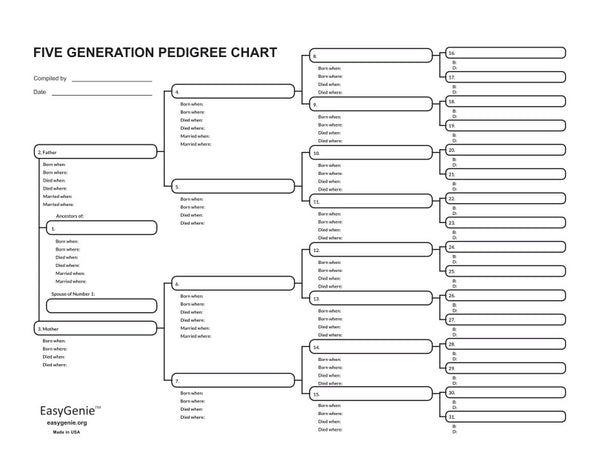
Interview: Preserving photos and other heirlooms with Michele Doyle
Ian LamontIn this edition of the EasyGenie genealogy blog, we are returning to Michele Doyle, owner of Preserving Your Heritage, a preservation service. You may remember her from an earlier interview about her genealogy research service, A Quiltwork of Lives. We especially like her "ABC'S" advice about which old photos to save, an issue for almost every genealogist and family historian.
Ian, EasyGenie: Michele, thanks for coming back! What is the most unusual piece of physical media you've come across?

Michele, Preserving Your Heritage: We try to get people to understand that their family memory collections contain more than just photos, so old family silver, toys, military memorabilia, children's art work, it all tells your family story.
How should people be thinking about "passing down" digital archives to the next generation?
Michele: Families need to think about end goals. What do they want their family memory collection to look like. So, a digital archive needs to be accessible, shareable, labeled. We recommend several copies, an External Hard Drive at home, maybe one in a safety deposit box, one with a relative in another area. We also recommend a cloud storage solution, somewhere that can allow other family members to access it, to add metadata, to create a digital hub.
Are there some best practices you can share for saving and organizing digital files, whether text or images or something else?
Michele: Here are some guidelines:
- Storage is cheap, scan at least 600 dpi.
- Organize the way your mind works; if you think chronological then file chronologically, but you can file by family, or by event.
- We tell people to close their eyes and quickly think, If I want to retrieve this, which file would I look in? That will help organize their thoughts.
- Don't keep every digital photo you take. The story of most events can be told in 10 or less photos, You do not need 100 photos of a birthday party or dozens of photos of a soccer game.
- Curate them, keep the best, delete the rest. Also remember, the chaos wasn't created in a month, it won't be cleaned up in a month. Take a deep breath and take your time.

That advice about saving photos will resonate with many genealogists. Can you elaborate? What is your approach to clients who come to you with shoeboxes full of old photos or albums that are falling apart? Should all of them be saved?
Michele: We advocate an "ABC'S" approach to organizing.
- The A photos are the precious ones, in a fire these are the ones you would grab as you ran out the door.
- The B photos help tell the story. So the photo of you and your spouse at your wedding is the A photo. A few of the photos of the reception and the cake are the B photos. You need both to tell the your story.
- The C photos are destined to be canned, thrown away, duplicates, blurry can't tell what it is, four photos of the same thing save one, the back of someone's head, landscapes that can't be identified. Throw Them Away!
- The S is for the story, the photo might be a little blurred, but it is the only picture of Uncle Jim, a photo of a random float in a parade, but that parade was grandpa and grandma's first date, etc.
Then start the actual organizing, chronologically, events, or by people. We have found that many times people just want us to sit by them while they sort, encouraging the canning part. It is so hard to throw away a photo.
Many thanks to Michele for participating in the interview! To learn more about Preserving Your Heritage, visit the website or check out her Facebook page.







